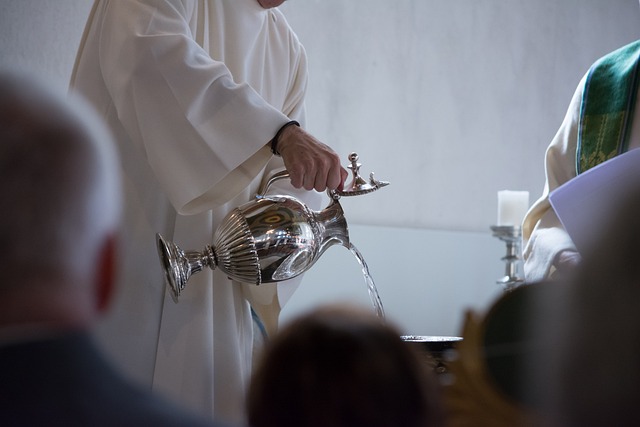The liturgical year serves as a spiritual rhythm that guides the lives of countless believers, intertwining time and faith in a deeply meaningful way. It offers a structured calendar that celebrates the life of Jesus Christ, including his birth, death, and resurrection, which are pivotal events in Christianity. Beyond mere dates, the liturgical year encapsulates a journey of growth and reflection that resonates with all aspects of religious life.
Each season of the liturgical year brings its own unique themes, colors, and rituals, inviting worshippers to step deeper into their faith. The church calendar begins with Advent, a season of hope and anticipation, where believers prepare their hearts for the coming of Christ. The colors of violet and blue signal a time of introspection and longing, reminding the faithful of their spiritual journey.
As the season transitions to Christmas, joy floods the atmosphere with bright reds and greens, signifying the celebration of the Incarnation. The liturgical year creates a communal aspect to worship, as congregations gather to commemorate not just events, but the emotional and spiritual narratives that accompany them. Rituals during this time, such as candle lighting and singing carols, evoke a sense of togetherness and belonging among participants.
Following Christmas, the liturgical calendar moves to Epiphany, a celebration of revelation and light. This period serves as a reminder of the divine nature of Jesus and the importance of spreading that light into the world. Participants often engage in rituals that emphasize generosity and sharing, fostering a spirit of community service that extends far beyond the church walls.
Then comes Lent, a solemn period of penance and preparation for Easter. The rituals attached to this season, including fasting and almsgiving, push individuals to confront personal challenges and renew their commitment to their faith. These practices allow worshippers to connect more intimately with the suffering that Jesus endured, creating a profound space for personal reflection and communal support.
Just as Lent leads into Easter, the liturgical year is a continual movement toward hope and redemption. The celebration of Easter Sunday, marked by vibrant colors symbolizing new life, rejoices in the resurrection. It’s a time when believers feel the triumphant nature of their faith; the rituals associated with this season often lead to high-energy celebrations that reaffirm their spiritual identity.
As the year progresses, different liturgical seasons prompt believers to focus on various aspects of their faith. Pentecost, for example, commemorates the coming of the Holy Spirit and empowers believers to live out their faith actively. This season and its rituals, such as prayers and spoken affirmations, encourage active participation in community life, emphasizing the importance of taking faith beyond the sanctuary.
In addition to individual worship, the liturgical year fosters a broader sense of unity within the faith community. Shared rituals and celebrations weave together personal stories and communal memory, emphasizing that faith is not solely an individual journey but a shared experience that connects believers across time and space. Each season nurtures an ongoing dialogue of hope, sorrow, and joy that fosters resilience in the midst of life’s challenges.
The liturgical year ultimately serves as a continuous thread that intertwines the believer’s personal spiritual narrative with the larger story of Christianity. It reminds us of the importance of reflection, celebration, preparation, and engagement with the world, creating a profound sense of belonging and purpose. Engaging with the liturgical calendar not only enriches worship but also shapes a believer’s understanding of their faith, offering a tangible way to live out their beliefs through rituals and communal practices.



